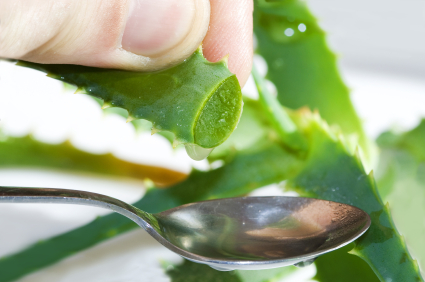Treating Sunburns
The skin is the body’s largest organ and one of body’s the most sensitive organs. Therefore, when you get a sunburn, it can be very painful. There are several ways to treat a sunburn. However, the treatments at best will only minimize the pain. Find out how you can treat your sunburn.
The Two Degrees of Sunburns
There are two degrees of burns, both of which can be caused by a sunburn. Both can be dangerous, because burns deplete the body of fluid and necessary electrolytes. The two degrees include:
- First Degree – A first degree sunburn is a superficial burn. With this degree, only the skin on the epidermis layer is burned. The epidermis is the layer of skin you can see and touch. This type of burn produces mild to severe redness and pain. Occasionally, with a first degree sunburn, mild swelling is present.
- Second Degree – A second degree sunburn is a partial thickness burn. This type of burn affects both the epidermis layer and the layer underneath, called the dermis. With a second degree burn, a person can expect redness, pain, mild to moderate swelling and blisters. The pain is more severe with this type of sunburn because it affects the nerves in the epidermis layer.
First Degree Sunburn Treatments
First degree sunburns can be treated at home with numerous over the counter products and homemade remedies. Some of the most common treatments include:
- Cold compresses to affected areas
- Solarcane spray
- Aloe Vera gel – best when put in refrigerator to cool and dabbed on with a clean dry fingertip
- Motrin or Tylenol – these are anti-inflammatory and relieve pain and swelling
- Apple cider vinegar – provides a cooling effect when dabbed on the affected area
- Oatmeal bath – add one cup of uncooked oatmeal to cool water and soak for 30 minutes
- Drink extra water – to rehydrate your body and skin
Second Degree Sunburn Treatments
For second degree sunburns, there are some things you can do at home. These include:
- All of the above treatments
- Avoid popping blister – if blisters appear on the skin, do NOT “pop” them
- Cool water – run the burned area under cool water for about 10 minutes.
- Cool shower – if the sunburn is widespread, take a cool 10-minute shower
- Prevent infection – once the burn starts to heal (a day or two), you can wrap the area with sterile gauze to prevent infection
When to Visit the Doctor
As a precautionary measure, a child with a sunburn should be seen by a doctor. With second degree burns where blisters are present and they pop and ooze (a non-clear colored pus), this indicates an infection and you or your child should see a doctor. Other warning signs of infection include fever, irritability, and fatigue.
Did I Mention…Prevention?
Sunburns are not a lot of fun. The best course of action is always prevention. Be sure to apply your sunscreen, wear your UV protective sunglasses and a wide brimmed hat to help protect yourself while you are out in the sun.

